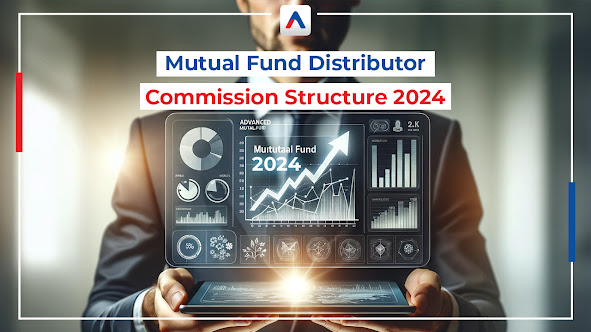Understanding Mutual Fund Distributor Commission Structures: A Comprehensive Guide
In the complex world of mutual funds, understanding the commission structure for distributors is crucial for investors and financial professionals alike. With various fee models and regulations in play, navigating this landscape can be daunting. In this article, we'll delve into the intricacies of mutual fund distributor commission structures, shedding light on key concepts and considerations.
Introduction to Mutual Fund Distributor Commission Structures
Mutual fund distributors play a pivotal role in connecting investors with suitable investment opportunities. These intermediaries facilitate transactions between investors and fund companies, providing valuable guidance and advice along the way. To compensate for their services, distributors receive commissions from mutual fund companies.
Types of Mutual Fund Distributor Commissions
Front-End Load: Also known as sales load, this commission is charged upfront at the time of purchase. It's typically a percentage of the investment amount and serves as compensation for the distributor's sales efforts and advice.
Back-End Load: Unlike front-end loads, back-end loads are charged when investors redeem their shares. Also referred to as deferred sales charges (DSC), this commission incentivizes investors to stay invested for a certain period. The longer the holding period, the lower the back-end load.
Level Load: In a level load structure, investors pay a consistent commission over time, usually as an annual fee. This model aims to align the interests of investors and distributors by providing ongoing compensation based on the assets under management (AUM).
No-Load Funds: As the name suggests, no-load funds don't charge upfront or back-end commissions. Instead, investors pay management fees and other expenses directly to the fund company. While no-load funds offer cost advantages, investors may miss out on personalized advice from distributors.
Regulatory Framework
Regulators, such as the Securities and Exchange Commission (SEC) in the United States, impose strict guidelines to ensure transparency and protect investors' interests. Disclosure requirements mandate that distributors clearly communicate commission structures, allowing investors to make informed decisions.
Factors Influencing Commission Structures
Fund Type and Complexity: The commission structure may vary based on the type and complexity of the mutual fund. For example, equity funds might have different commission rates compared to fixed-income or balanced funds.
Distribution Channel: Commission structures can differ across distribution channels, including wirehouses, independent broker-dealers, and online platforms. Each channel may have its own fee arrangements and incentive programs.
Regulatory Environment: Changes in regulations, such as the implementation of the Retail Distribution Review (RDR) in the UK, can impact commission structures and distribution practices. Compliance with regulatory requirements is paramount for distributors.
Conclusion
Mutual fund distributor commission structures play a significant role in shaping investors' experiences and outcomes. By understanding the various types of commissions, regulatory considerations, and influencing factors, investors can navigate the investment landscape with confidence. Whether you're an investor seeking clarity or a financial professional aiming to optimize client outcomes, a thorough grasp of commission structures is essential for success in the mutual fund market.

.jpg)


Comments
Post a Comment